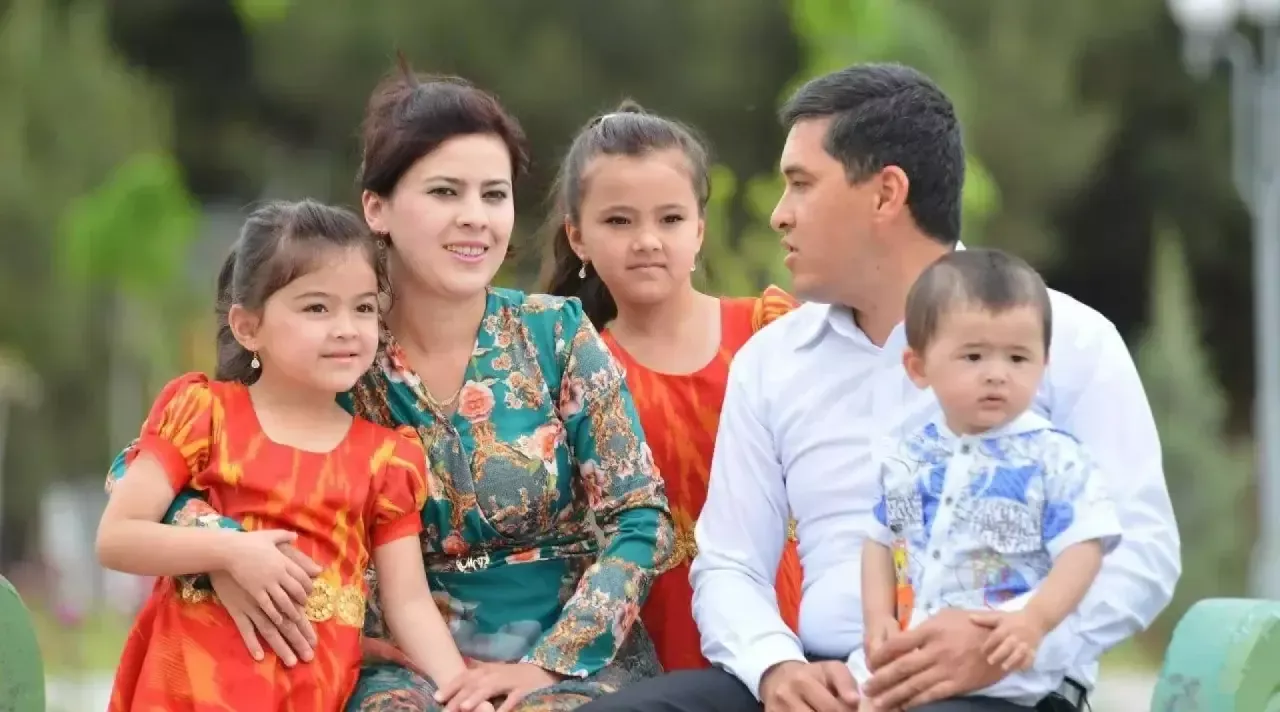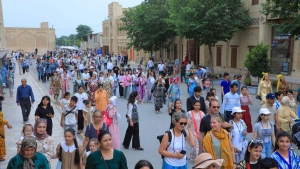
According to the data from the National Statistics Committee, as of January 1, 2025, there are a total of 10,244,241 families in the Republic of Uzbekistan. This was reported by Zamin.uz.
This indicator is important for assessing the number of households, regional density, and infrastructure needs. The distribution of families by regions is as follows: 499,417 families in the Republic of Karakalpakstan, 946,450 in Andijan region, 615,418 in Bukhara region, 370,967 in Jizzakh region, and 911,917 families in Kashkadarya region.
In Navoi region, 307,744 families are registered; in Namangan region, 834,796; in Samarkand region, 1,082,846; in Surkhandarya region, 740,005; and in Syrdarya region, 251,415 families. It was also reported that there are 913,510 families in Tashkent region, 1,177,396 in Fergana region, 580,823 in Khorezm region, and 1,011,537 families in Tashkent city.
Based on these figures, it is noticeable that the highest number of families is in the regions of Fergana, Samarkand, and Tashkent city. Additionally, the number of households is also high in Andijan and Tashkent regions.
This situation is related to urbanization processes, internal migration flows, and the increasing demand for service sectors. Determining the number of families by region plays an important role in planning communal infrastructure, educational institutions, medical services, and social programs.
Official data serve as a basis for implementing projects related to housing policy, mortgage system development, and improving the living standards of the population. It should be emphasized that the provided information pertains to the beginning of 2025.
Throughout the year, due to demographic changes and internal migrations, the number and regional distribution of families may change. Therefore, it is necessary to regularly update these indicators.
Source: National Statistics Committee.







